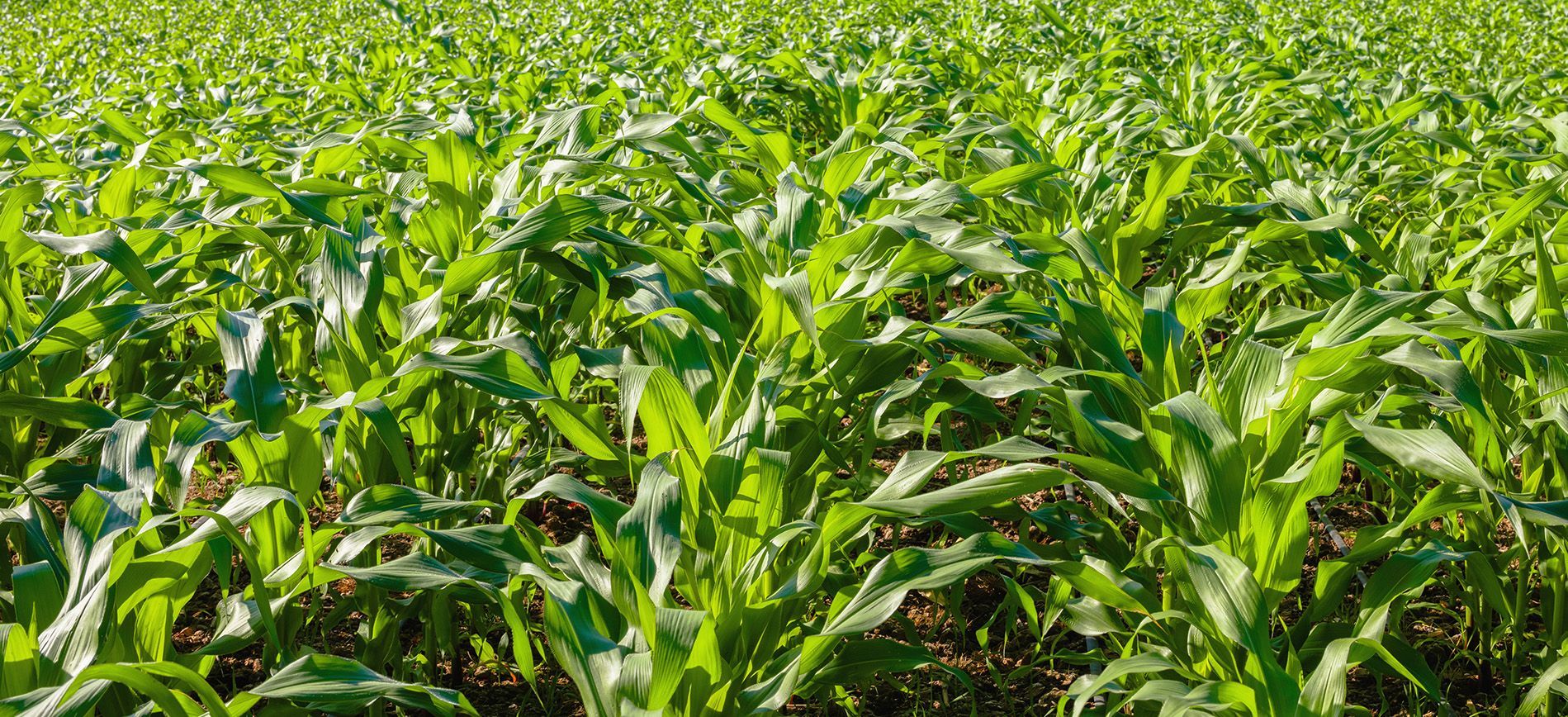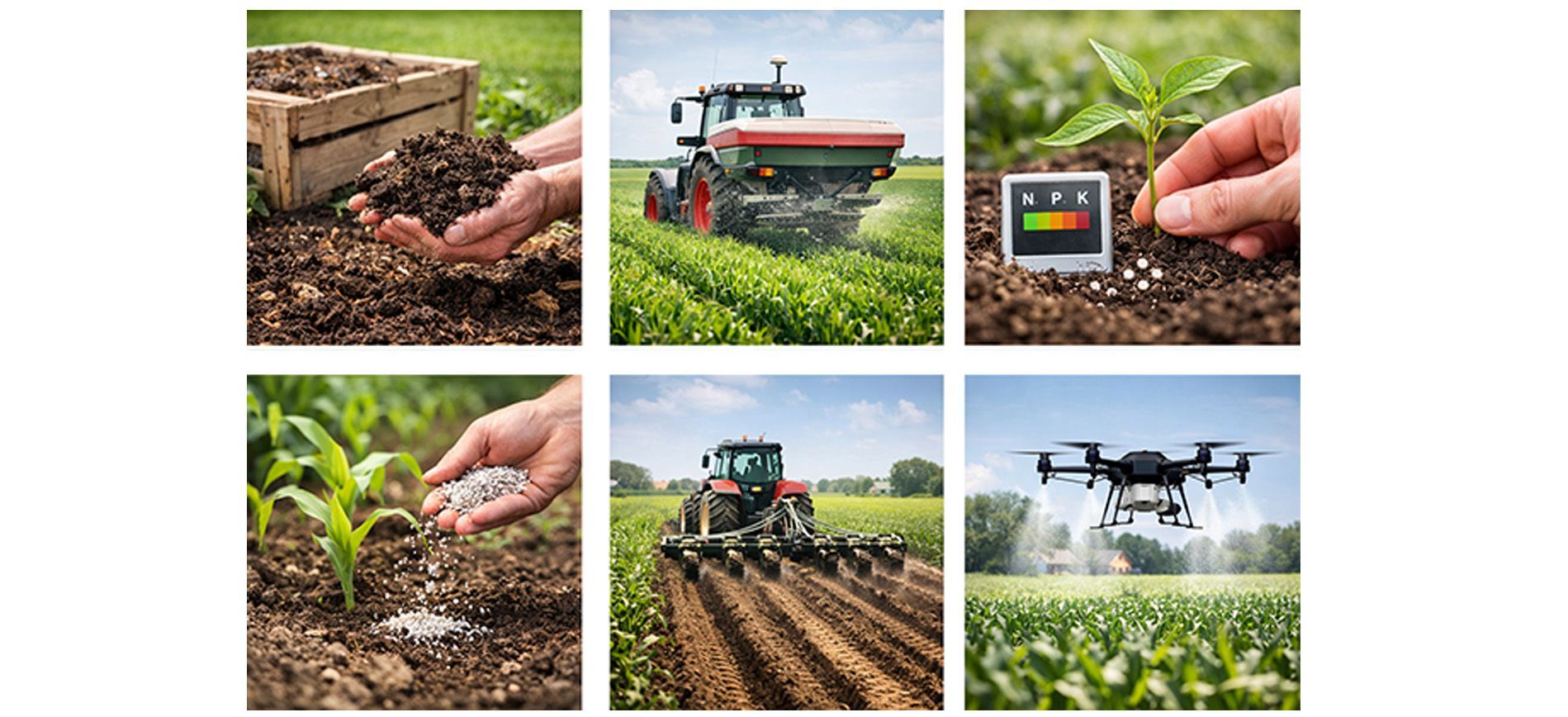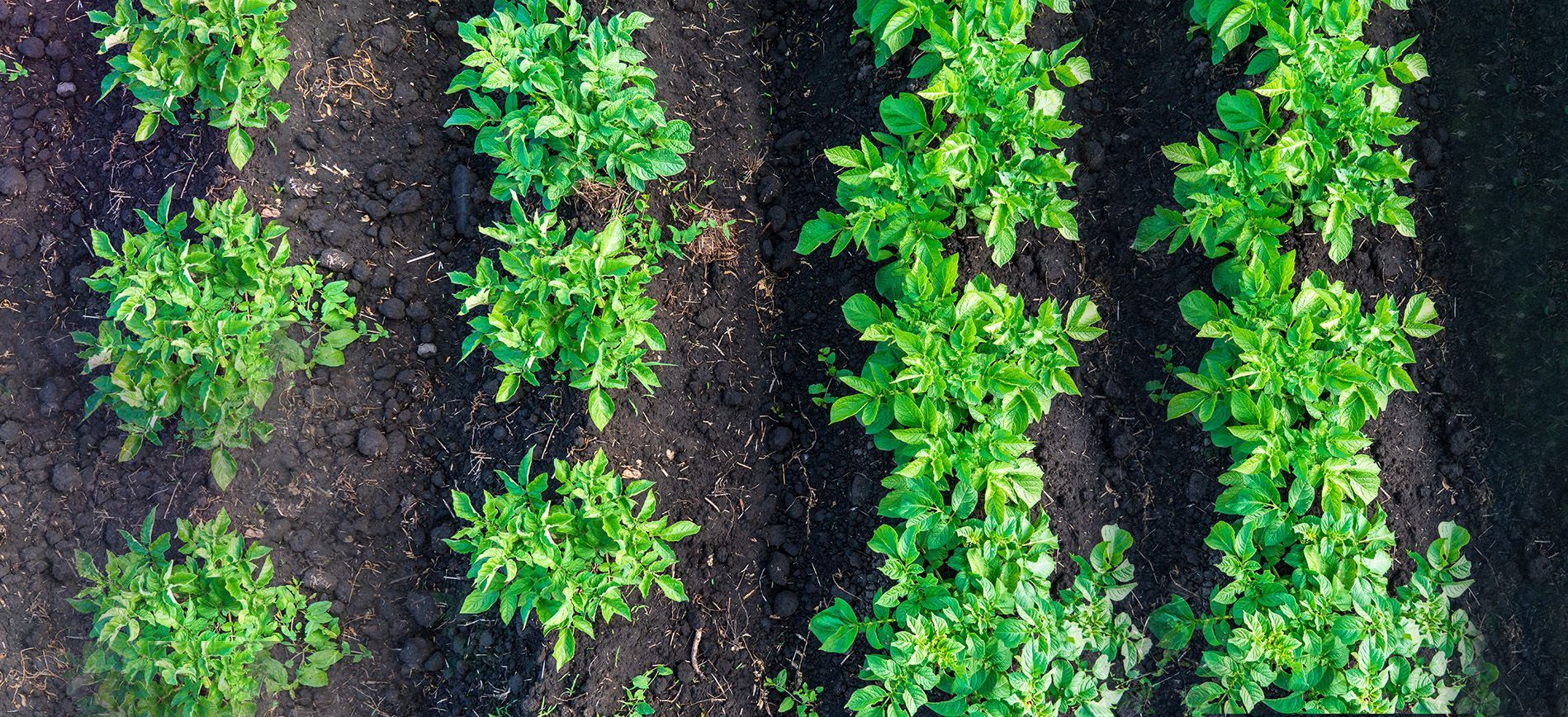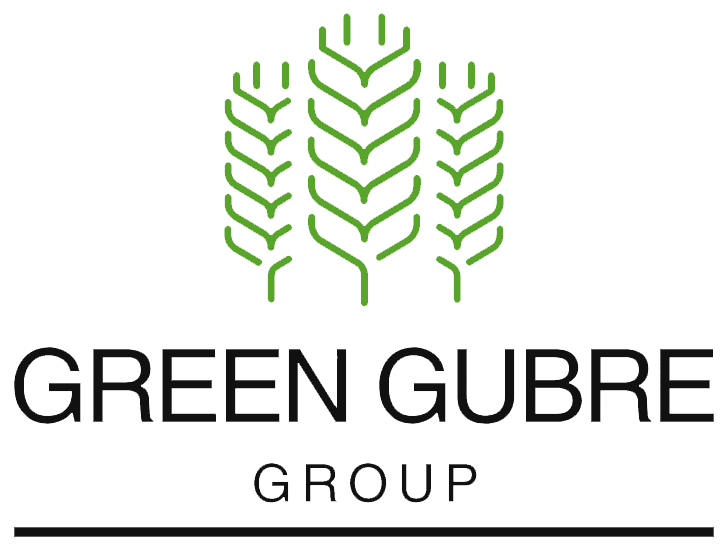Foliar Nutrition – Feeding Crops Through Their Leaves
Foliar Nutrition – Feeding Crops Through Their Leaves
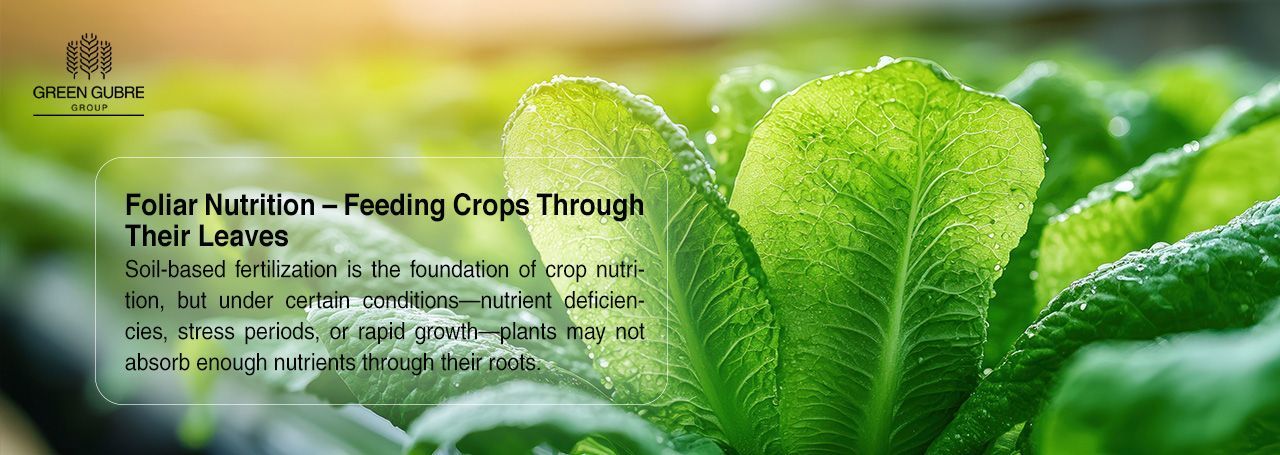
Introduction: When Roots Aren’t Enough
Soil-based fertilization is the foundation of crop nutrition, but under certain conditions—nutrient deficiencies, stress periods, or rapid growth—plants may not absorb enough nutrients through their roots. That’s where foliar nutrition steps in. By delivering nutrients directly to leaves, foliar feeding provides a fast and efficient method for supplementing or correcting plant nutrition, particularly when quick results are required.
What Is Foliar Nutrition?
Foliar nutrition refers to the application of water-soluble fertilizers directly to the plant’s leaves. Nutrients are absorbed through stomata and cuticle pores, bypassing the soil entirely.
Common foliar nutrients include:
- Micronutrients: Zinc (Zn), Iron (Fe), Manganese (Mn), Boron (B)
- Macronutrients: Nitrogen (N), Potassium (K), Calcium (Ca)
- Biostimulants and Amino Acids: To improve uptake and stress tolerance
Formulated as clear solutions, chelates, or suspensions, foliar products are often used in conjunction with pesticides or plant growth regulators in tank mixes.
Benefits of Foliar Feeding
- Rapid Response: Nutrients are absorbed within hours, allowing for the correction of deficiencies quickly.
- Targeted Delivery: Direct application ensures nutrients reach the intended site—particularly valuable in early or late growth stages.
- Bypasses Soil Constraints: Useful in soils with pH imbalances, nutrient lock-up, or poor root activity.
- Synergy with Other Inputs: Compatible with many crop protection chemicals in spray programs.
- Efficient Micronutrient Use: Allows low-dose, high-efficiency feeding for critical trace elements.
When to Use Foliar Fertilizers
Foliar applications are most effective in the following scenarios:
- Deficiency Correction: When tissue analysis shows nutrient shortages
- Stress Conditions: Drought, salinity, or root damage
- High-Demand Phases: Flowering, fruiting, or rapid vegetative growth
- Preventive Programs: Regular foliar feeding during key phenological stages
Best practices include applying during cool times of day (early morning or late afternoon) and ensuring even coverage using fine droplet nozzles.
Limitations and Considerations
While foliar nutrition is powerful, it’s not a substitute for balanced soil fertility. Important considerations include:
- Limited nutrient capacity per application: Not suitable for heavy macronutrient loads.
- Weather sensitivity: Rainfall shortly after application may reduce the efficacy of the treatment.
- Risk of leaf burn: Over-concentration or hot weather spraying may cause phytotoxicity.
A well-balanced crop nutrition plan typically combines soil and foliar strategies.
Market Trends and Adoption
As precision agriculture advances, foliar nutrition is gaining popularity across:
- Horticulture and Greenhouse Crops: Tomatoes, peppers, strawberries
- Tree Crops: Citrus, olives, almonds
- Vegetables and Ornamentals
- Turfgrass and Golf Courses
In 2024, the global foliar fertilizer market was valued at USD 6.1 billion and is projected to exceed USD 9.3 billion by 2030, with strong growth in Asia-Pacific, Latin America, and Europe.
Green Gubre Group’s Foliar Nutrition Solutions
At Green Gubre Group, we offer:
- Chelated Micronutrient Blends: Zn, Fe, Mn, Cu, and B in EDTA/DTPA forms
- Liquid NPK Foliar Fertilizers: Balanced formulas for all growth stages
- Specialty Foliar Products: With amino acids, seaweed extracts, and plant hormones
- Tank Mix Support: Compatibility-tested solutions with pesticides and biostimulants
Our agronomic team helps clients build integrated foliar nutrition plans that complement their overall fertility programs.
Conclusion: The Leaf as a Gateway to Better Yield
Foliar nutrition provides farmers with speed, flexibility, and accuracy—especially when soil application isn’t enough. When applied correctly, it helps unlock plant potential, protect against yield loss, and optimize productivity during critical growth windows. In high-value cropping systems, foliar feeding is not just a supplement—it’s a strategic necessity.

